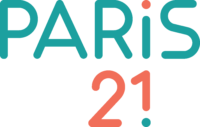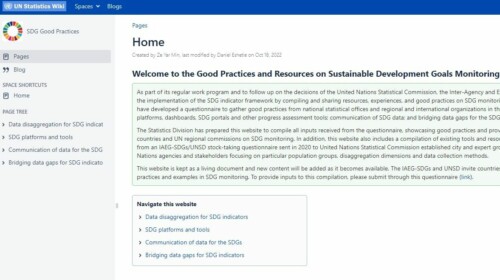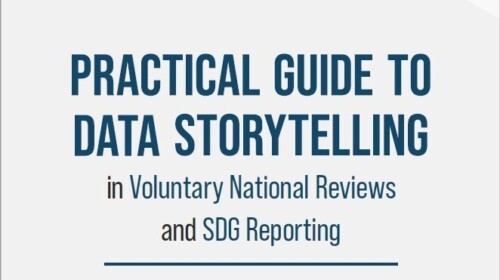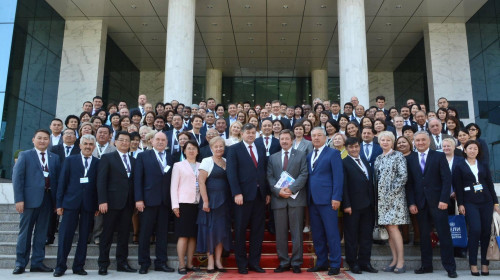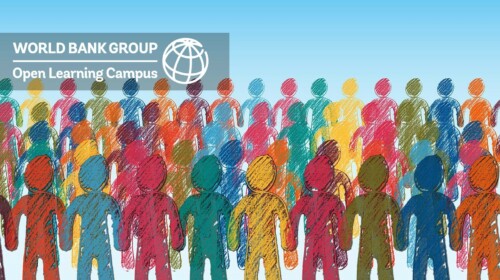This online and freely available course on Communicating Gender Statistics is designed to guide journalists and statisticians to use statistics to report on the unique situation and needs of women and men. Through 4 modules, the course introduces journalists and statisticians to the unique and complementary roles they each can play in promoting gender equality through gender data, highlighting opportunities for collaboration and partnership between the two communities.
This course was developed by PARIS21 in collaboration with UN Women as part of the 'Making Every Woman and Girl Count' initiative. Working globally, 'Women Count' is transforming statistical systems to be more gender responsive, connecting gender data communities, and influencing evidence-based policy changes to change the lives of women and girls.
A certificate by UN Women and PARIS21 is available at completion.
Target Audience
Journalists and statisticians are the main target audiences for this course, however the content is open and accessible to anyone who is looking to improve their understanding of gender statistics and develop their data communication skills. In addition to joint sessions on key issues and themes, the course includes dedicated sessions for journalists and statisticians individually for more targeted content delivery. These sessions are clearly designated in the course outline, but remain open to all participants. Each learning session concludes with a short quiz to facilitate learning retention.
Learning Objectives
Participants who undertake the course on communicating gender statistics will learn:
- How gender issues are (and are not) reflected in official statistics and why gender data is so important to support sustainable development and gender equality
- How to use and explain gender statistics to inform policy makers, civil society organisations, the general public, and key stakeholders about the state of gender equality
- How the roles of journalists and statisticians are complementary, and can serve important functions in communicating gender statistics
- How to leverage these complementary roles to develop effective collaborations to communicate and disseminate gender statistics to the public

